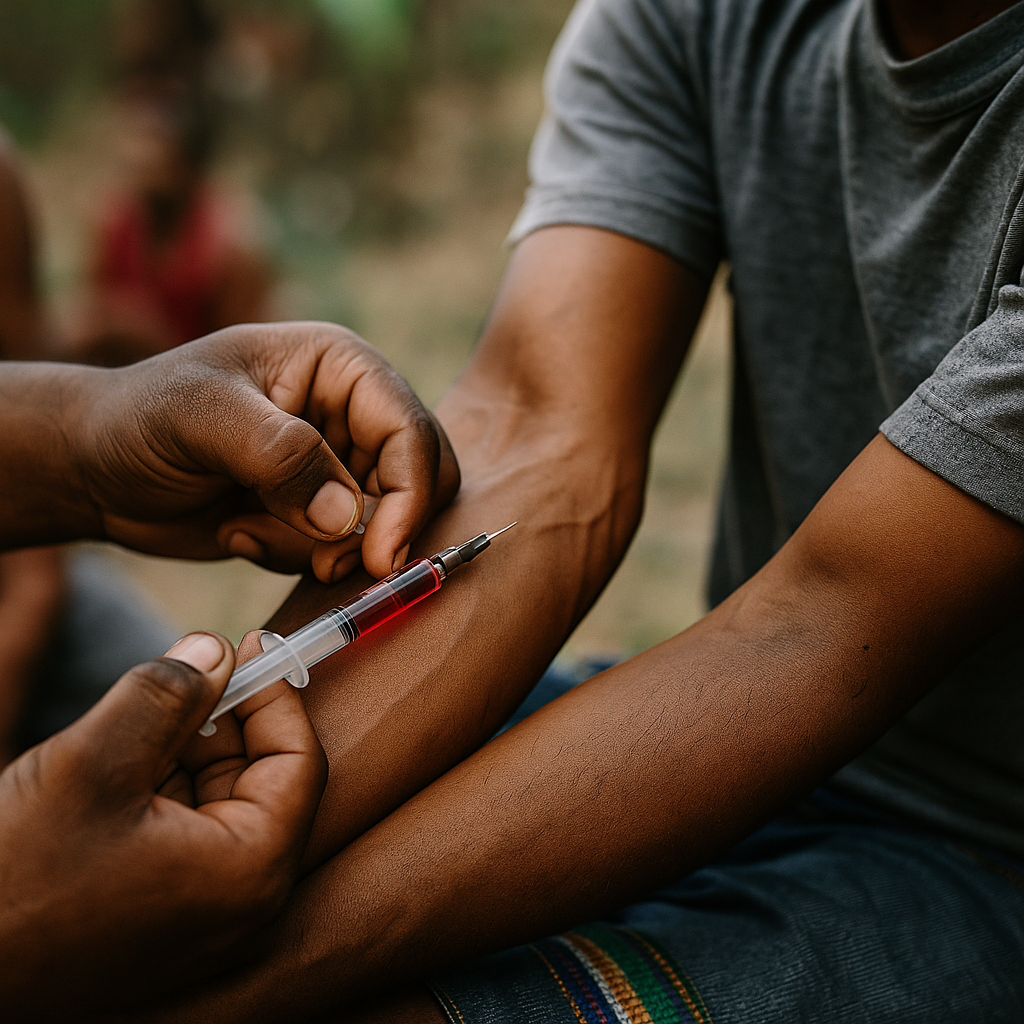HIV is a virus that can cause serious and life-threatening illnesses if left untreated. It is important to understand the different stages of HIV infection so that you can take the necessary steps to protect yourself and those around you from contracting the virus. Knowing the symptoms, stages, and treatments for HIV infection can help you better understand the virus and ensure that you get the help and care you need.
Introduction to HIV Infection
HIV, or Human Immunodeficiency Virus, is a virus that attacks the immune system and can lead to Acquired Immune Deficiency Syndrome (AIDS). HIV is primarily spread through unprotected sex, sharing infected needles, or through contact with infected body fluids. HIV can be managed with proper medical care, but it is important to understand the different stages of HIV infection in order to take the necessary steps to protect yourself and those around you from contracting the virus.
Stages of HIV Infection
HIV infection typically progresses through three stages: acute infection, clinical latency, and AIDS. During the acute infection stage, the virus multiplies quickly and spreads throughout the body. This can cause flu-like symptoms, such as fever, sore throat, and swollen lymph nodes. During the clinical latency stage, the virus is still present in the body but is not actively causing symptoms. This stage can last for many years before the virus progresses to AIDS. During the AIDS stage, the virus has severely damaged the immune system and the person is more susceptible to other infections and illnesses.
Symptoms of HIV Infection
HIV symptoms can vary from person to person. Common symptoms during the acute infection stage include fever, sore throat, swollen lymph nodes, and fatigue. During the clinical latency stage, there may be no symptoms at all. During the AIDS stage, symptoms can include rapid weight loss, night sweats, and persistent fever. It is important to get tested if you have any of these symptoms, as early diagnosis and treatment can help slow the progression of the virus.
Treatment for HIV Infection
Treatment for HIV infection can include a combination of antiviral medications, lifestyle changes, and regular medical care. Antiretroviral therapy (ART) is the most common treatment for HIV infection and can help slow the progression of the virus and reduce the risk of transmitting the virus to others. Additionally, making healthy lifestyle changes, such as eating a balanced diet, exercising regularly, and avoiding smoking and excessive alcohol consumption, can help improve overall health. Regular medical care is also important for monitoring the progression of the virus and managing any symptoms or side effects.
HIV infection is a serious and life-threatening illness, but with proper treatment and care, it can be managed effectively. It is important to understand the different stages of HIV infection, as well as the symptoms and treatments, so that you can take the necessary steps to protect yourself and those around you from contracting the virus. If you think you may have been exposed to HIV, it is important to get tested as soon as possible and to get the help and care you need.



